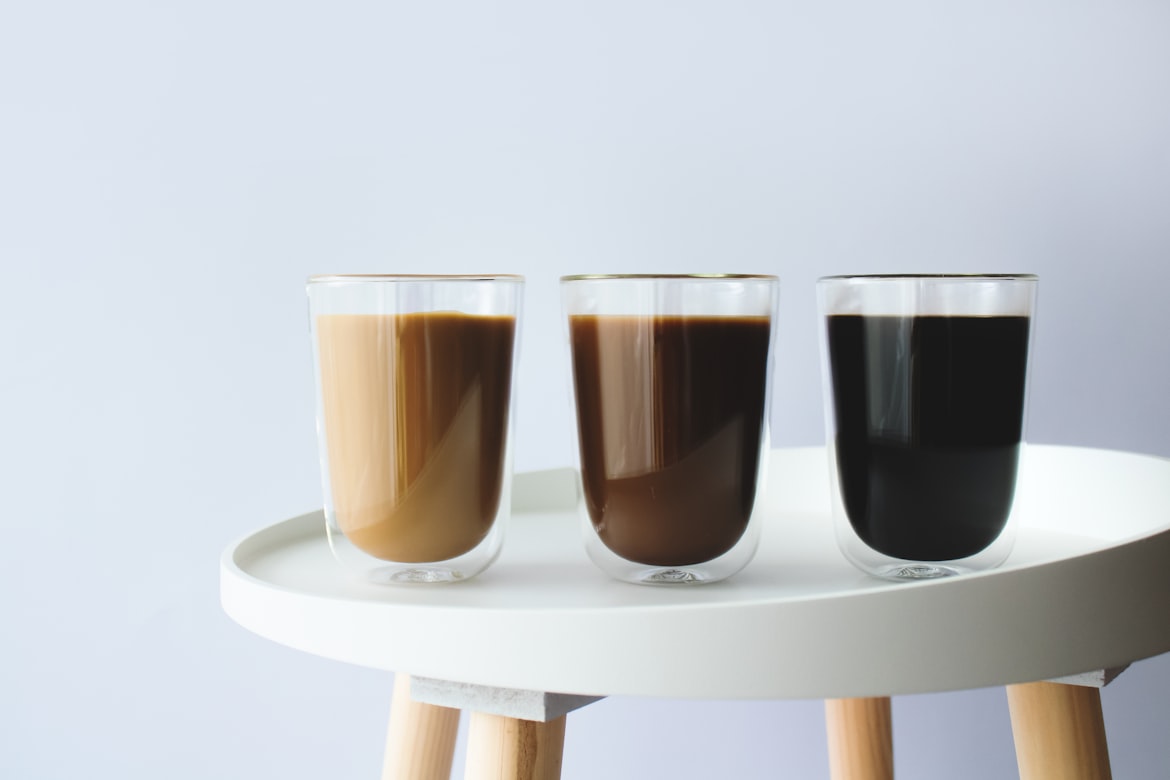
這篇記錄一下專案上遇到的開發模式,情境是今天有一個 input 的共用元件,會依照不同的條件去修改基礎樣式,在同事的解說下把觀念釐清並筆記。
展示性元件 Presentation Component
主要用途是 UI 的呈現,一般來說都是接收容器式元件或是父層元件的 props 資料,使用展示性元件最大的優勢就是可以重複的使用。
像是本次範例使用的 input 元件。
容器式元件 Container Component
主要是用來接收資料用,並且大部分的情境會有自己的 state 來存放或接收的資料,並且把這些資料傳給展示性元件。
像是本次的範例為許多 input 組成的表單。
實作
建立展示性元件
有上方概念後,在建立一個展示性的 input 元件,此元件的概念式可以再重複使用的,所以不會特別綁定商業邏輯的規則,建立好基本的樣式後,也確認在父層引入後顯示無誤,便建立以下共用屬性。
CustomInput.vue
1
2
3
4
5
6
7
8
9
10
11
12
13
14
15
16
17
18
19
20
21
22
23
24
25
26
27
28
29
30
31
32
33
34
35
36
37
38
39
40
41
42
43
44
45
46
47
48
49
50
51
52
53
54
55
56
57
58
59
60
61
62
63
64
65
66
67
68
69
70
71
72
73
74
75
76
77
78
79
| <template>
<div>
<div v-if="type === 'radio' || type === 'checkbox'">
<div class="flex items-center w-full">
<input
v-model="currentValue"
:type="type"
:name="customName"
class="px-5 py-2 rounded-md border border-blue-400 active:ring-offset-2 active:ring outline-none"
:placeholder="customPlaceholder"
/>
<p class="text-base pl-4" :class="{ ...customWidth }">
{{ customTitle }}
</p>
</div>
</div>
<div v-else-if="type === 'date'">
<input
:type="type"
:name="customName"
class="lg:px-5 py-2 rounded-md border border-blue-400 active:ring-offset-2 active:ring outline-none"
:class="{ ...customWidth }"
:disabled="(currentValue = 'false')"
/>
</div>
<div v-else>
<label>
<h3 class="text-left text-lg pb-2 pt-4" :class="{ ...customWidth }">
{{ customTitle }}
</h3>
<input
v-model="currentValue"
:type="type"
:name="customName"
class="lg:px-5 py-2 rounded-md border border-blue-400 active:ring-offset-2 active:ring outline-none"
:class="{ ...customWidth }"
:placeholder="customPlaceholder"
/>
</label>
</div>
</div>
</template>
<script>
export default {
name: "CustomInput",
data() {
return {
currentValue: this.customValue,
};
},
props: {
type: {
type: String,
default: "text",
},
customWidth: {
type: Object,
default: () => ({ "w-full": true }),
},
customTitle: {
type: String,
default: "",
},
customPlaceholder: {
type: String,
default: "",
},
customName: {
type: String,
default: "",
},
customValue: {
type: String,
default: "",
},
},
};
</script>
|
容器式元件中引入展示性元件
也就是引入子元件,要注意的是除了在 template 引入後,也要在 script 引入,
ComponentView.vue
1
2
3
4
5
6
7
8
9
10
11
12
13
| <template>
<div>
<custom-input :custom-title="'姓名'" :custom-placeholder="'EX:王小明'">
</custom-input>
</div>
</template>
<script>
import CustomInput from "@/components/CustomInput.vue";
export default {
components: { CustomInput },
};
</script>
|
完成後應該會出現下圖:

之後就可以在容器式元件中改變 type 的類型,逐步客製出想要的表單,並且加上自己想要的樣式,透過基本元件化的方式就可以快速完成表單的設定囉!
展示性元件要保持高彈性
這次情境出現兩個元件要合併的呈現的畫面,此時就可以用 props 在展示性元件使用物件的方式把父層的直傳進來,
CustomInput.vue
1
2
3
4
5
6
7
8
9
10
11
12
13
14
15
16
17
18
19
20
21
22
23
24
25
26
27
28
| <template>
<div>
<label>
<h3 class="text-left text-lg pb-2 pt-4" :class="{ ...customWidth }">
{{ customTitle }}
</h3>
<input
v-model="currentValue"
:type="type"
:name="customName"
class="lg:px-5 py-2 rounded-md border border-blue-400 active:ring-offset-2 active:ring outline-none"
:class="{ ...customWidth }"
:placeholder="customPlaceholder"
/>
</label>
</div>
</template>
<script>
export default{
props:{
customWidth: {
type: Object,
default: () => ({ "w-full": true }),
},
}
}
</scirpt>
|
ComponentView.vue
這邊有一個是否指定日期的功能,透過自訂 :class 的方式,傳到子元件,在樣式上可以透過物件的方式做更高彈性的修改,像這邊範例就是可以自由地修改欄位的寬度。
1
2
3
4
5
6
7
8
9
10
11
12
13
14
15
16
17
18
19
20
21
22
23
24
25
26
27
28
29
30
| <div class="lg:grid lg:grid-cols-3 lg:gap-4 py-5">
<div class="lg:flex lg:items-center">
<custom-input
:type="'radio'"
name="unOrder"
value="'false'"
:custom-title="'不指定日期'"
:custom-width="{ 'w-32': true }"
v-model="form.radio"
:customValue="form.radio"
></custom-input>
</div>
<div class="lg:flex lg:items-center">
<custom-input
:type="'radio'"
name="isOrder"
value="'true'"
:custom-title="'不指定日期'"
:custom-width="{ 'w-32': true }"
v-model="form.radio"
:customValue="form.radio"
></custom-input>
<custom-input
:type="'date'"
:custom-width="{ 'w-full': true, 'pt-0': true }"
></custom-input>
</div>
</div>
|
基礎範例
連結:https://stackblitz.com/edit/vue-dyzdwr?file=src%2Fcomponents%2FCustomInput.vue
結語
過去開發會依照商業邏輯去設定變數去判定是否為這個需求,大多是用 Boolean 去做判定,但這次學到如果功能越趨複雜,需求越加繁多,在後面就會比較難去擴充功能跟修改樣式了。
參考資料

